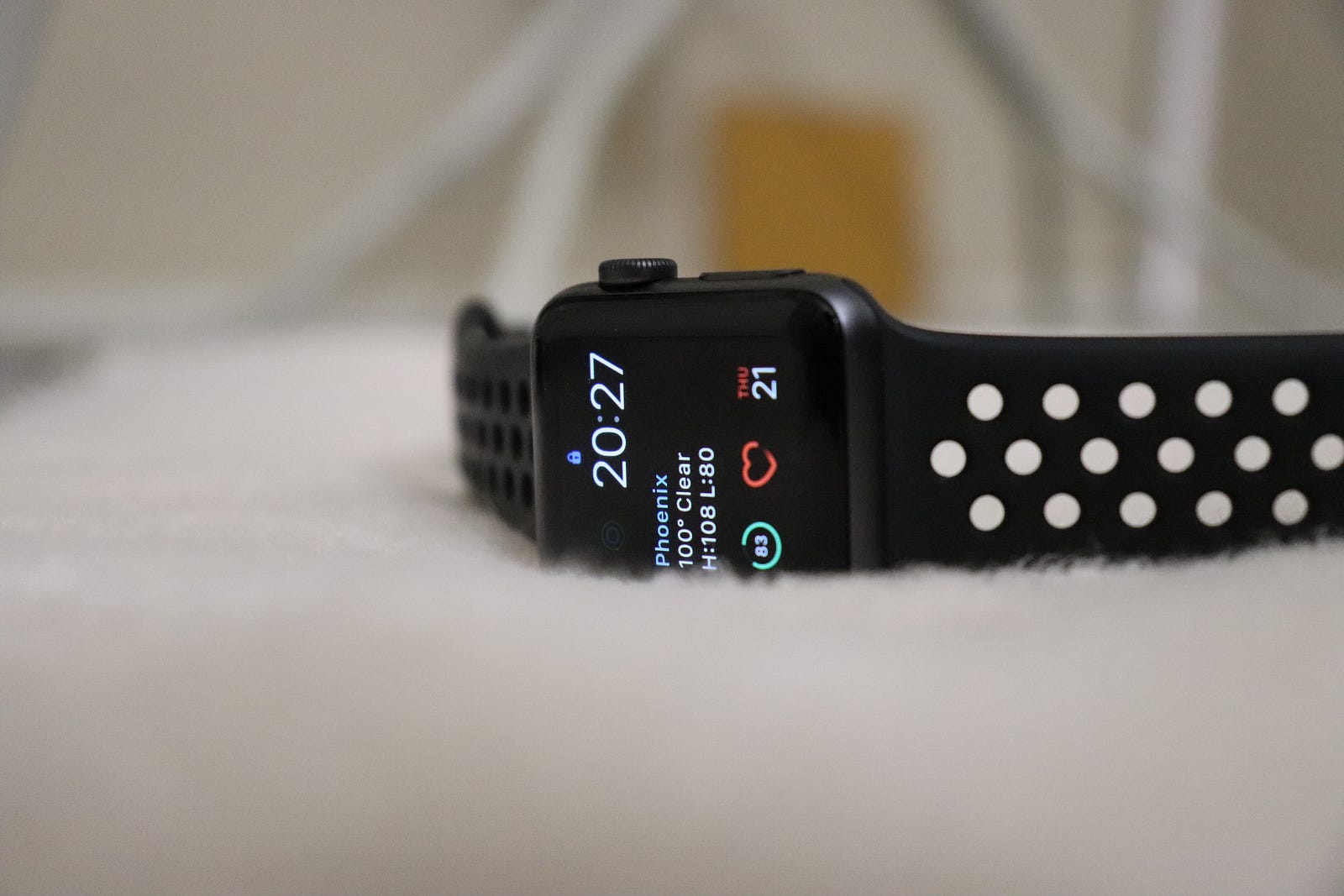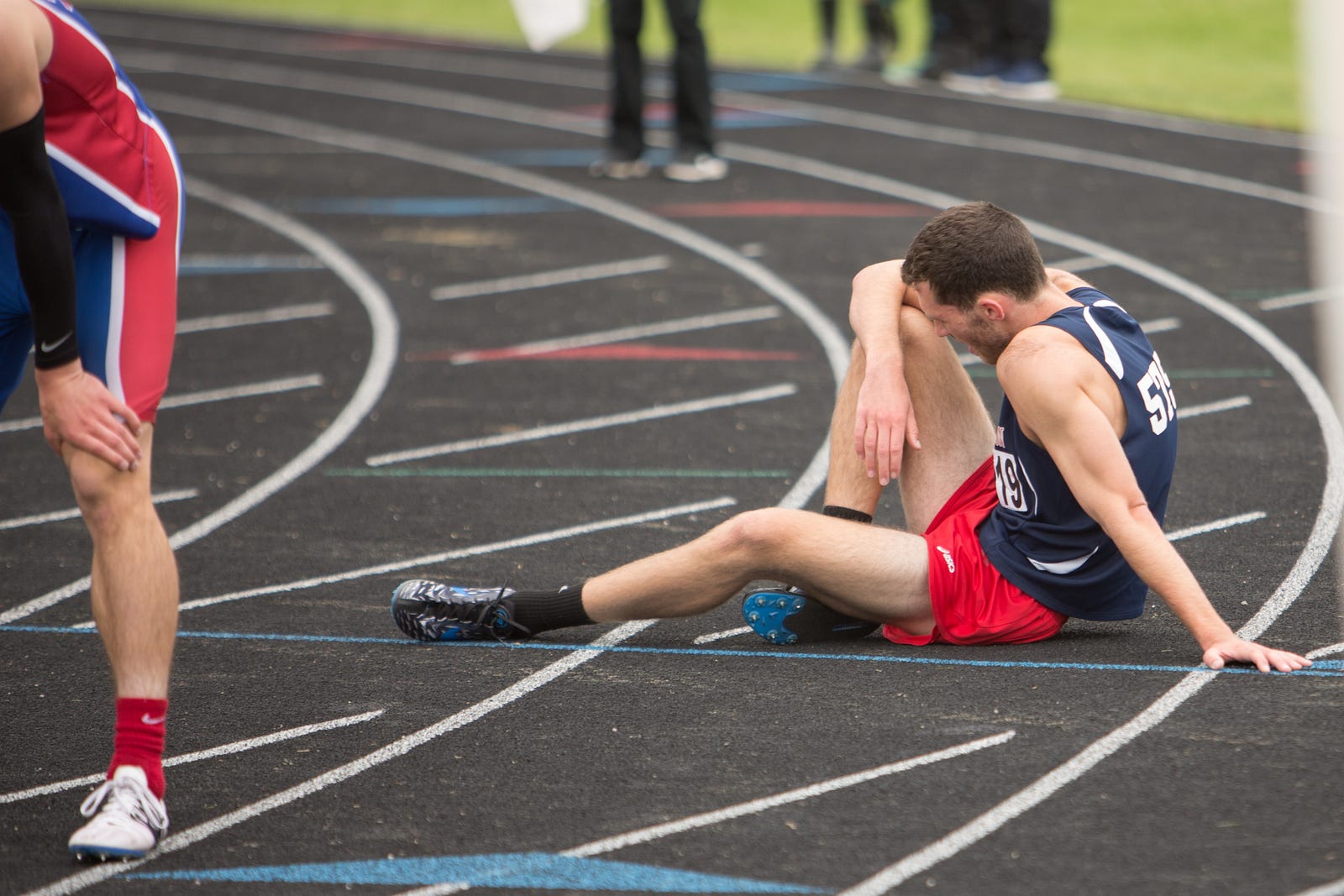BREAK FREE FROM THE SCALE: 3 BETTER FITNESS BENCHMARKS. Today, I want to explore how you can focus on your pulse, physical ability, and exercise tests to assess your health. All of these can be excellent ways to measure your fitness.
I recently stumbled across a New York Times article reminding me of problems with relying on weight as a fitness measure.
Physical ability, heart rate, and exercise tests often tell you more about your health than the scale ever could.
And these alternative measures don’t carry all of the emotional baggage that comes with the scale.
Weight Is A Problem
Please don’t get me wrong; the United States has a weight problem. The statistics are troubling:

More than two in 5 adults (42 percent) have obesity. Moreover, about one in 11 adults (9 percent) have severe obesity.
Among adults ages 20 and over, there are no significant differences in the prevalence of obesity by sex or age.
I want to talk about three alternative measures of health.
Activity to Measure Your Fitness
I write about exercise more than any other topic.
A quick correction: My focus is on physical activity; many mistakenly believe that activity needs to be vigorous to count as exercise.
For me, walking is key to my non-resistance training workout.
Minute by Minute: Building Your Anti-Cancer Armor
I ENJOY POWER WALKING AND SLOWER WALKING, TOO. You can find me climbing the stairs of my workplace. You probably…medium.com
Moving is one of the most important ways to optimize physical and mental well-being.
Fitness versus Body Mass Index (BMI)
I prefer measuring my exercise capacity more than weight because muscle is denser than fat. As I prepare for a Master (read: over 60) bodybuilding competition, the number on my scale rises as I pack on muscle.
Moreover, body size doesn’t always correspond to health. Fitness can be more important than “fatness” regarding metabolic and cardiovascular health.
My conclusion in the fatness versus fitness debate is this:
Cardiorespiratory fitness cannot be excluded as a significant predictor of cardiovascular and metabolic health. Compared with high body mass index (BMI), low CRF has a larger impact on mortality risk.
Metabolically healthy obese (MHO) individuals may have a somewhat elevated risk compared with healthy lean individuals.
Still, MHO individuals are protected against cardiometabolic disorders relative to their metabolically unhealthy obese (MUO) counterparts.
Fitness matters.
1. Check Your Fitness — Resting Heart Rate
Let’s start with my favorite (and most simple) way I check my fitness level. I check my heart rate (pulse).
Your resting heart rate is how many times your heart beats in a minute when you are not doing any activity.
For most of us, the better your cardiovascular fitness, the lower your resting heart rate will be; our hearts can pump more blood with each beat or contraction.
- Normal heart rate (for healthy adults) — 60 to 80 beats per minute
- Heart rate for many athletes — Under 60 beats per minute
Many with resting heart rates above 80 will see their pulse drop with physical activity.

I always check my heart rate after working out. The nerd in me promotes tracking the rate from week to week.
Check Your Fitness — Heart Rate Variation
Another way to check your fitness level is to measure heart rate variation. My fitness tracker lets me track how much your heart rate fluctuates from one beat to the next.
Higher heart rate variability (HRV) is considered a sign of good cardiovascular health.
Our hearts do not beat steadily; we have variations in the beat length and time between beats.
As I become more fit, my heart rate variability is increasing.
On the other hand, Harvard Health Blog reminds us that if you choose to track your heart rate variability, don’t get overconfident if your HRV is high, and don’t get too worried if it is low.
Why Might HRV Be A Good Fitness Measure?
HRV may offer a non-invasive way to signal imbalances in the autonomic nervous system.
Research indicates that if the system is in more of a fight-or-flight mode, the variation between subsequent heartbeats tends to be lower.
If the system is more relaxed, the intra-beat variation may be higher.
The gold standard is to analyze an electrocardiogram in the doctor’s office. Recently, companies have offered apps and wearable heart rate monitors to try to do the same thing.
The accuracy of these newer methods remains under scrutiny, but the technology is improving.
2. Check Your Fitness — Hitting Physical Activity Targets
The New York Times notes that hitting exercise targets is another good way to measure your fitness.
Here are some of my go-to fitness evaluation tools:
- Abdominal strength. I track how long I can hold a plank. I measure every month.
- Arm strength. I am aware of the amount of weight I can curl, for example, for 12 repetitions. I ensure I don’t cheat; I focus on doing the movement properly.
- Endurance. I walk for a couple of minutes and then jog for one. I track how long I can go, although my patellar tear recovery does not make this activity easy.
Using Rate of Perceived Exertion (RPE)
I use NordicTrak treadmill and stationary bicycle devices. The trainers are big advocates of using a rate of perceived exertion, or RPE.
How difficult does your workout seem to you? Are you utterly exhausted, or did the activity seem easy?
The RPE (Rate of Perceived Exertion) scale measures exercise intensity. The RPE scale runs from 0–10.
The numbers relate to how easy or difficult you find an activity. For example, 0 (nothing at all) would be how you feel when sitting in a chair; 10 (very, very heavy) is how you feel at the end of an exercise stress test or after a difficult activity.

RPE in Detail
You should be able to converse with an RPE of five or below but with increasing difficulty.
Six and above are more challenging. Your breathing should be more difficult.
My cardiovascular fitness improves if an exercise I previously classified as eight drops to a five.
That fellow in the photo above appears to have had at least a brief moment of RPE nine or 10. I hit that level with my trainer in the gym today, but it is because I did not sleep well last night.
3. Check Your Fitness — Activities of Daily Living
Finally, tracking your activities of daily living is a nice alternative to weighing yourself.
Can you walk up two or three flights of stairs? What about picking up your grandchild?
Focusing on capability has tremendous appeal. I am most interested in doing the things that I want to do.
After my devasting right knee injury, my physical therapist asked me about my goals.
My answer? I want to be able to run away from a troubling situation if necessary. I also want to walk on lava in Hawaii. Finally, I would like to stroll through Scotland and Spain.
Final Thoughts — Break Free from the Scale: 3 Better Fitness Benchmarks
I am delighted to share alternative (to checking your weight incessantly) measures to assess your health and fitness.
These alternative measures can be valuable if you are a competitive athlete like me. And if you are not, they can be, too.
Finally, I’ll share two photos of me hitting my goals:


Thank you for reading “3 Better Fitness Benchmarks.”




